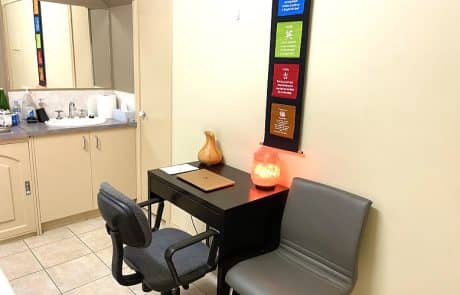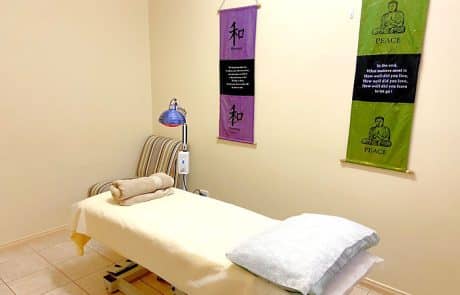Understanding Prodromal Signs of Stroke and Strategies for Prevention
Stroke, a leading cause of disability and death worldwide, requires urgent attention due to its potentially devastating consequences. Recognizing prodromal signs, which precede the onset of a stroke, is crucial for early intervention and prevention. In this article, we delve into the prodromal signs of stroke and effective strategies for stroke prevention.
Prodromal Signs of Stroke
Prodromal signs of stroke are subtle warning signs that may precede the onset of a stroke by hours, days, or even weeks. These signs include:
Transient ischemic attacks (TIAs), often referred to as “mini-strokes,” characterized by temporary disruptions in blood flow to the brain, resulting in sudden, transient neurological symptoms such as weakness, numbness, or speech difficulties.
- Sudden onset of severe headaches, especially if accompanied by dizziness, visual disturbances, or confusion.
- Transient episodes of visual disturbances, such as blurred vision, double vision, or loss of vision in one or both eyes.
- Speech difficulties, including slurred speech, difficulty finding words, or inability to comprehend language.
Sudden weakness or numbness, typically affecting one side of the body, often accompanied by facial drooping or asymmetry.
Balance and coordination problems, leading to dizziness, vertigo, or difficulty walking.
Preventive Measures
Preventing stroke involves addressing modifiable risk factors and adopting a healthy lifestyle. Effective preventive measures include:
- Managing high blood pressure: Monitor blood pressure regularly and follow treatment plans prescribed by healthcare professionals to control hypertension.
Maintaining a healthy weight: Follow a balanced diet rich in fruits, vegetables, whole grains, and lean proteins while limiting saturated fats, sugars, and sodium. Engage in regular physical activity to maintain a healthy weight and promote cardiovascular health.
Managing diabetes: Monitor blood sugar levels closely and follow treatment plans to control diabetes through medication, diet, and exercise.
- Quitting smoking: Quit smoking and avoid exposure to second hand smoke to reduce the risk of stroke and other cardiovascular diseases.
- Limiting alcohol consumption: Drink alcohol in moderation, if at all, to minimize the risk of stroke and its complications.
Exercising regularly: Engage in aerobic exercise, such as walking, swimming, or cycling, for at least 150 minutes per week to improve cardiovascular health and reduce the risk of stroke.
Eating a healthy diet: Consume a diet rich in fruits, vegetables, whole grains, and lean proteins, while limiting processed foods, sugary beverages, and excessive salt intake.
Managing cholesterol levels: Monitor cholesterol levels regularly and follow a heart-healthy diet low in saturated fats and cholesterol. Consider medication if necessary to control high cholesterol levels.
Controlling atrial fibrillation: Manage atrial fibrillation (irregular heart rhythm) through medication, lifestyle modifications, and regular medical follow-ups.
Seeking medical attention: If you experience any prodromal signs of stroke or stroke symptoms, such as sudden weakness, numbness, speech difficulties, or severe headaches, seek immediate medical attention. Early intervention can help prevent further complications and improve outcomes.
Recognizing prodromal signs of stroke and implementing preventive measures are essential for reducing the risk of stroke and its devastating consequences. By addressing modifiable risk factors and adopting a healthy lifestyle, individuals can take proactive steps to protect their brain health and prevent stroke-related disabilities. Early detection, intervention, and preventive measures play a crucial role in promoting overall well-being and longevity.


















Leave A Comment